“I came to the university two hours before I normally would, and I still couldn’t find a spot anywhere close to the campus.”
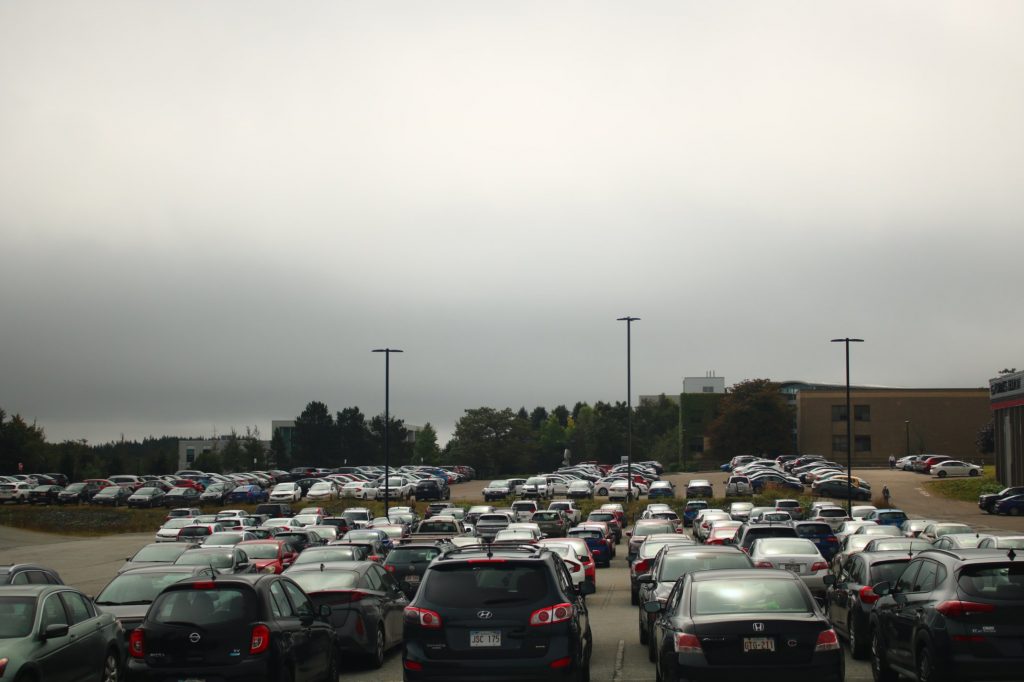
“I can’t ever get a parking spot.”
“I drove around the parking lot for 30 minutes looking for a place to park”
These have all been heard while walking around campus during the first few weeks of classes. There seems to be a general consensus among students that this year, the campus parking lot for some reason, seems to be more populated.
Why is this? Enrollment isn’t higher than usual, and there haven’t been any special events bringing more people to campus, so why are so many students talking about the parking lot?
To get a little more insight into the parking situation on campus and the importance of parking permits, the Baron spoke with UNB Saint John’s Environmental Health, Safety, and Security department.
Parking permit
Most students don’t really think about what goes into maintaining adequate parking for a university, and, honestly, most students probably don’t care.
For the first few years of coming to campus, I would pre-purchase my parking pass ahead of time in the summer to ensure I wouldn’t get a ticket on the first week, and if I could get a spot each day, I was happy.
However, as time went on, I questioned what a parking permit is and why we need it. I also wondered why we pay for parking when some universities, like the University of Prince Edward Island (UPEI), have free parking. These questions are answered later in the regulations section of this article.
For those that don’t know, there are two types of parking available at UNB Saint John: permit parking (visitor, residence, faculty, and staff spots) and HotSpot parking, which is not permitted for the locations mentioned above. For these locations, download the Hotspot app.
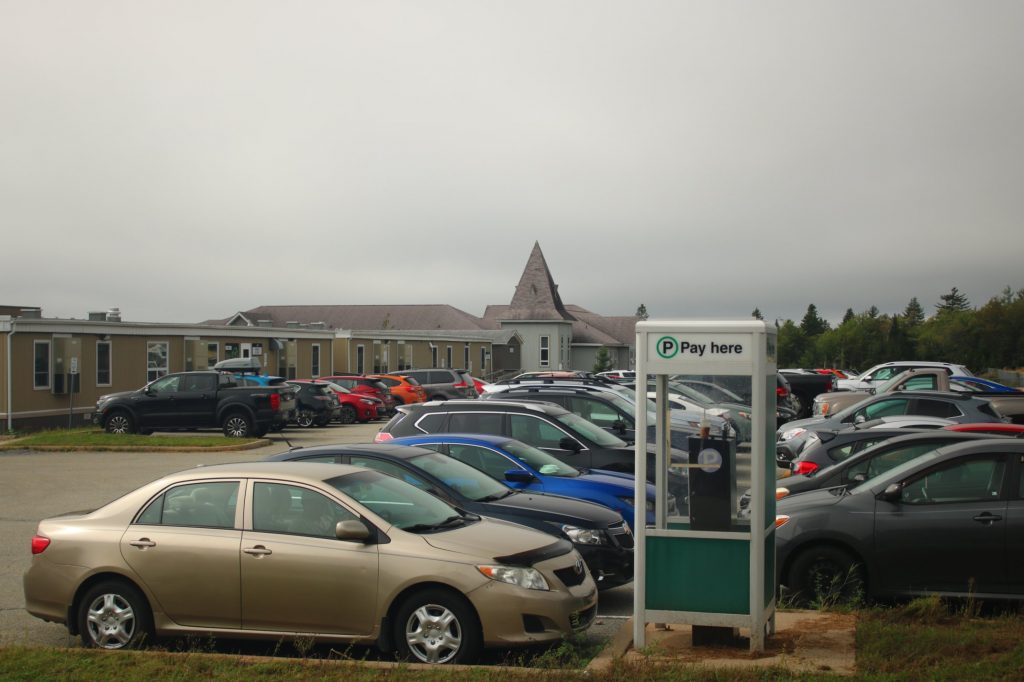
One type of parking permits are decals that stick to the windshield and cannot be removed; they have a replacement fee of twelve dollars. There are also hang tags that must be placed on the rear-view mirror and cannot be replaced and can be transferred from the vehicle to vehicle.
Both of these permits must be displayed on all cars parked on campus. Prices can be found here and include taxes.
Revenues collected from the sale of parking permits are used to support the maintenance and repair of parking lots, provide lighting, and provide the necessary snow clearing and ice control services. It also includes traffic & parking signs.
However, it was confirmed by the Security Office that revenue from parking passes only covers about half of what it costs to maintain the parking lot.
As such, parking costs will continue to increase at 2.5% every year as a deterrent until they break even, which will never happen.
Generally, during the first week of classes, parking on campus is not ticketed. However, pre-ordering your parking pass well before the first week is still wise.
Daily parking passes are also an option and can be purchased from stations in the main parking lot for five dollars. Hourly parking can be paid for at metered spots or through HotSpot.
Why do we pay?
University lands are private property, and the university has complete jurisdiction to regulate vehicular and pedestrian traffic and vehicle parking. The enforcement of these regulations is the responsibility of the university’s Environmental Health, Safety & Security (EHS&S) Department.
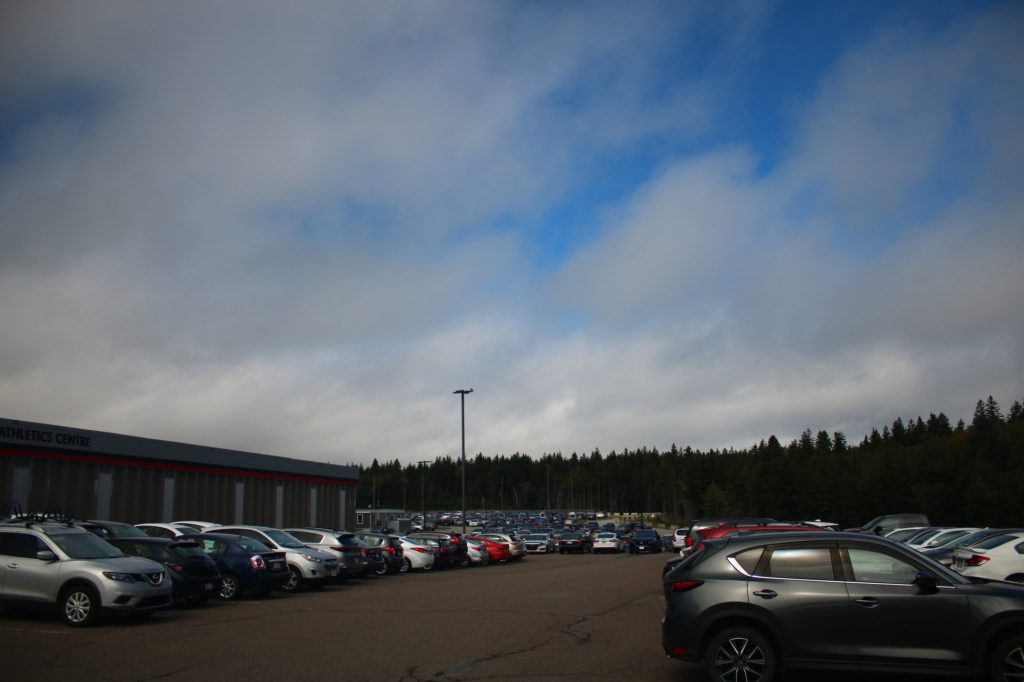
While talking with this department, the Baron gained insight into some lesser-known facts about the parking grounds on campus. Given that permit parking is the only means of establishing that university students have parking (without putting in a gate, which was actually considered), students have to pay for parking on campus.
Otherwise, due to the university’s proximity to the hospital, there is a chance of vehicles possibly coming up from the hospital and taking advantage of our parking space without parking passes. Unfortunately, this has happened before, and vehicles have gotten towed.
UNB has one of the lower prices for parking in terms of Atlantic Canadian universities, and the parking lot’s proximity is also a huge benefit for students in the winter. It only takes seven minutes to walk from the end of the parking lot by the fence to the Dalhousie medical building. In that aspect, we are fortunate.
According to the EHS&S, the campus can’t include parking passes in tuition for logical and environmental reasons, because they state that “…students who are choosing to be ecological and take the bus or carpool shouldn’t be punished.”
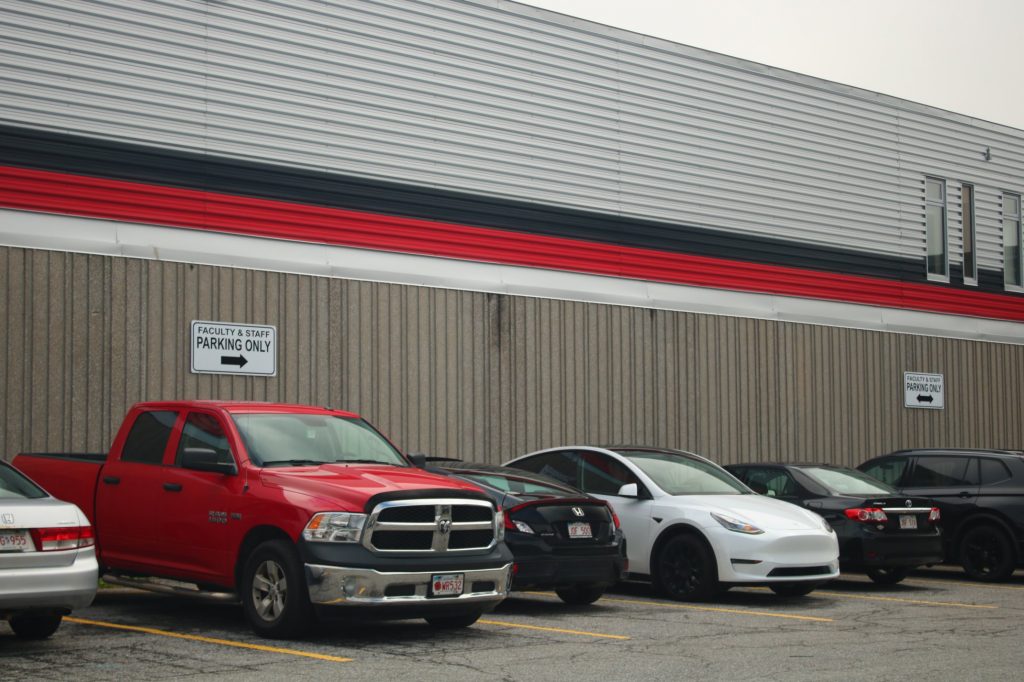
It can be argued that for most students, these aren’t options. Taking public transit or carpooling for students outside the city can also be challenging. The location of the university being so secluded from the city center also influences the number of students able to take public transit.
The bike lanes in Milledgeville and the presence of public transit at the university are a great step forward for sustainability issues; the significant presence of students who drive from the outskirts of Saint John into town every day makes these sustainable options less feasible.
The EHS&S commented that the square footage of the university parking lots is the same as the actual university’s square footage. The university has 1500 parking billets, and the parking lot has never been over 90 per cent full. This might not be the case this year, as carpooling and public transit use are less common.
Environmental responsibility
While the cold walk in the winter accompanies the annoyance of driving around looking for a spot, the idea of expanding the parking lot is off the table.
The large, impervious surfaces of parking lots increase storm-water runoff, which damages watersheds.
The exposed pavement increases the heat-island effect, which makes urban regions warmer than surrounding rural areas. This also dramatically affects the green space around the university.
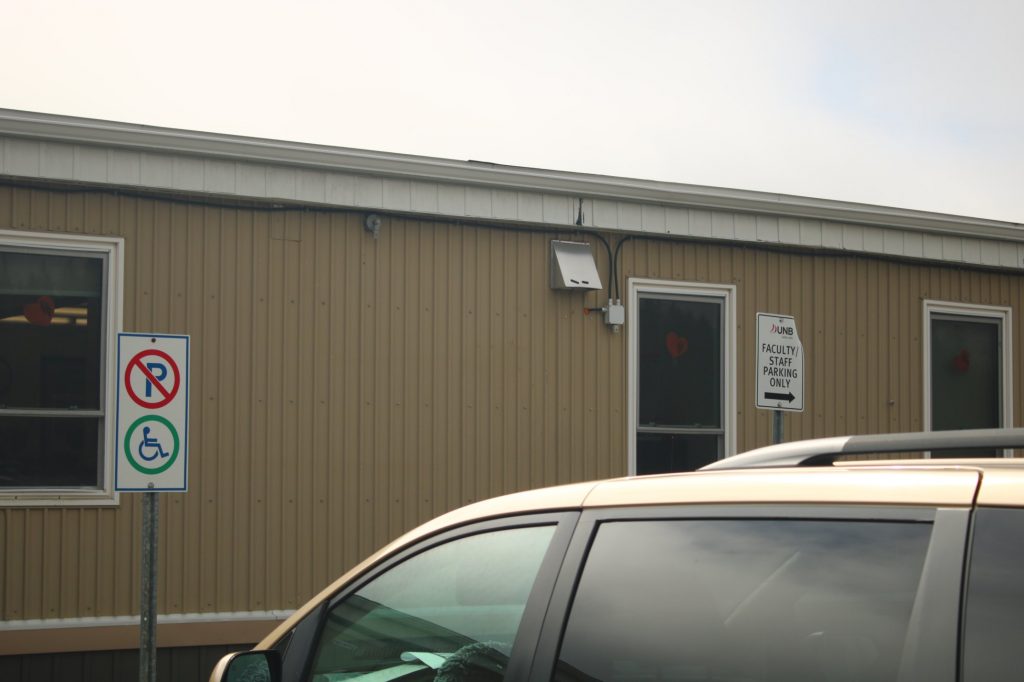
The prospect of expanding the parking lot would make the little presence of the forest on campus even more obsolete.
The lack of parking issues isn’t just happening here. Other students from other Atlantic universities are getting exasperated with the seemingly impossibly full parking lot and are taking to social media to express their concerns.
Either way, the parking we have at UNB in Saint John is, in all things considered, accommodating for students.
Overall, while it is true that at the beginning of the year, the parking lot situation can become frustrating, there may seem like very little to do about the lack of parking at this time, but be reassured that as time goes on, the parking lot will become less crowded, and space will clear up.


